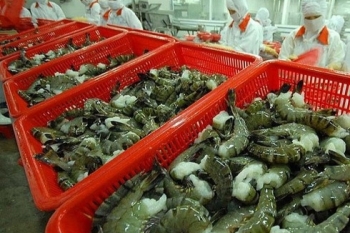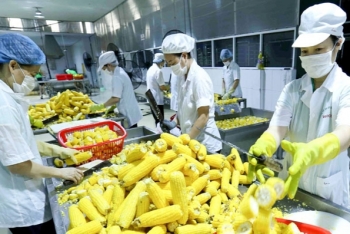Vietnamese goods stay attractive to CPTPP market
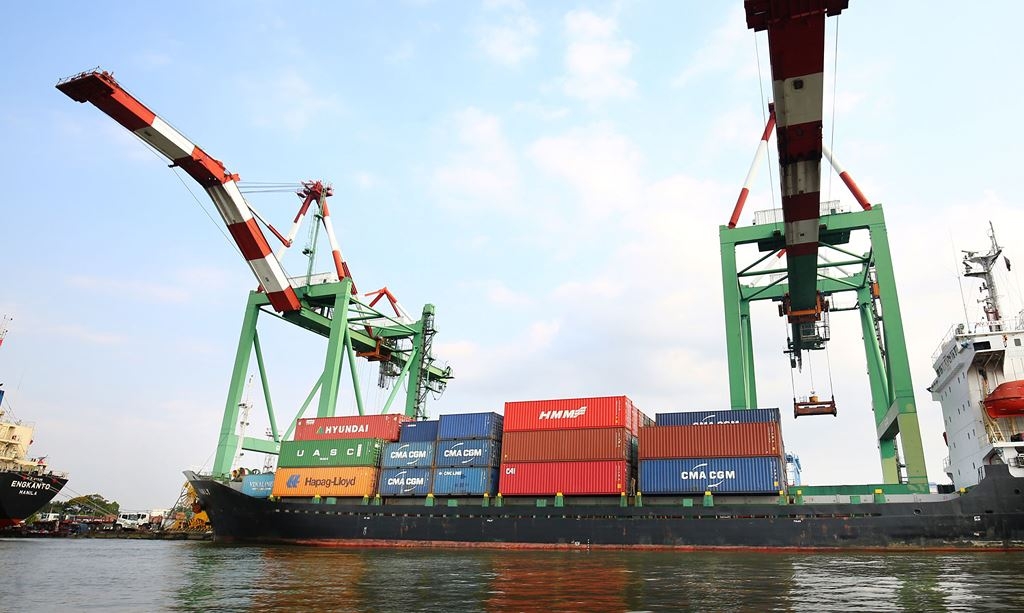 |
| Vietnam experienced trade surplus in half of the CPTPP market (Photo: Investment) |
In the first quarter of this year, Vietnam experienced trade surplus in half of the CPTPP market. In particular, the trade surplus with Canada was USD 807.3 million (compared with the trade surplus of the same period last year of USD 658.8 million); with Mexico is USD 670 million (compared with USD 360.7 million), with Chile is USD 280.7 million (compared to USD 72.6 million), and Japan is USD 110.8 million (lower than USD 355.3 million in the same period), with Peru being USD 69.6 million (compared to USD 40.2 million), according to Investment.
Specifically, in the first quarter of 2020, Vietnam's exports to Japan reached USD 4,988.5 million, up USD 362.4 million. 32 items reached over USD 10 million, of which 12 items reached over USD 100 million (textiles, transport vehicles, machinery, equipment, tools, wood, seafood, computers, electronic products, footwear, phones, plastic products, iron and steel, bags, wallets, suitcases, hats, umbrellas, crude oil). 31 imported items from Japan reached over USD 10 million, of which 12 items reached over USD 100 million.
Canada is the second largest export market in Vietnam's CPTPP. In the first quarter of 2020, exports to Canada reached USD 975.1 million, up USD 110.8 million over the same period last year. 13 items reached over USD 10 million, of which phones and textile reached over USD 100 million. Vietnam imported from Canada USD 167.8 million, down USD 37.7 million. 4 items reached over USD 10 million (wheat, fertilizer, soybeans, machinery). This is the market in the CPTPP where Vietnam has the largest trade surplus.
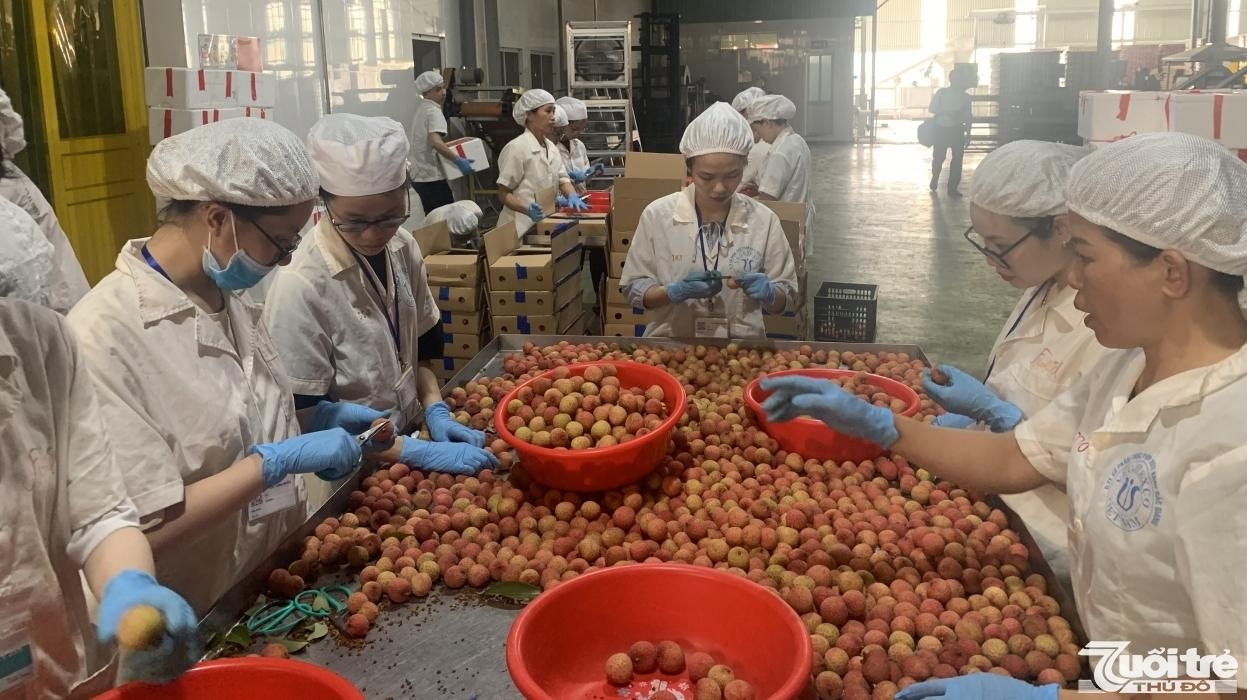 |
| Vietnamese litchi has been exported to Japan (Photo: Tuoi tre thu do) |
Malaysia is the third largest export market in Vietnam's CPTPP. In the first quarter of this year, Vietnam exported here USD 943 million, up USD 25.1 million. 19 items reached over USD 10 million, including 2 items reaching over USD 100 million (steel, computers). Imports reached USD 1,519 million, down USD 181.3 million. 10 items reached over USD 10 million, of which 4 items reached over USD 100 million (computers, machinery, petroleum, electricity).
The opportunity to raise Vietnam's exports to CPTPP member countries is considered huge, especially when recently, over 2 tons of Vietnamese litchi have been sold after a few hours at supermarkets in Tokyo and Osaka, Japan, on the first sale day (June 21), at the price of VND180,000-270,000 (USD 7.76 - 11.64) per kilogram, reported Dang cong san.
The welcome of Japanese market to Vietnamese litchi during Covid-19 is a good news for Vietnam's agriculture. This year, it is estimated that about 100 tons of fresh litchi will be exported to Japan by air and sea.
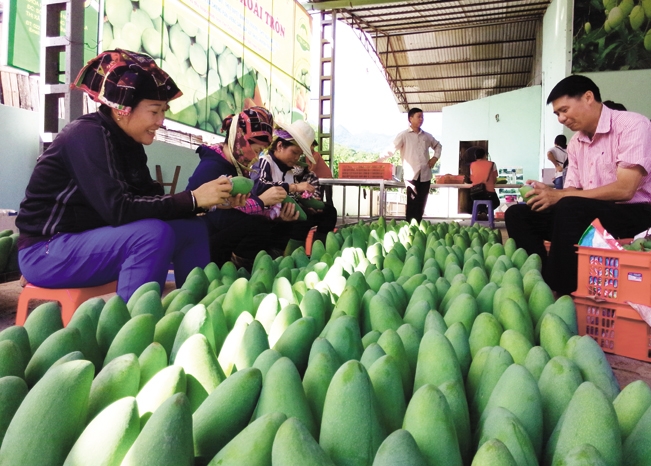 |
| Son La’s mangoes exported to Australia and Canada (Photo: Vietnamese farm) |
Besides, on June 22, 30 tons of mango from Son La province were exported to the US, Canada and Australia. While Australia has been familiar with Vietnamese mango over the past few years, this is the first year that mangoes are licensed to Canada which is considered a potential market in the CPTPP for Vietnam.
With the goal of supporting businesses to take advantage of export potential, and improve competitiveness and connectivity, the Ministry of Industry and Trade has been increasing the dissemination of information about agreements, trade promotion and market access.
According to Mr. Pham Tat Thang, former director of the Information and Industry Center (Ministry of Industry and Trade), the countries in the CPTPP are all potential markets, capable of importing large quantities of Vietnamese goods. Vietnam also has great strengths in commodities such as agricultural products, textile, footwear. But only when Vietnamese goods have a certificate of Vietnamese origin can they reach a certain localization rate and enjoy preferential tax rate. Therefore, besides making efforts to localize, businesses should prevent foreign goods from impersonating Vietnamese goods to export to CPTPP countries.
In addition, when the CPTPP is in effect and the non-tariff barriers are removed, then the technical barriers increase and disable us to rely on cheap labor advantage but to compete with real quality. Businesses therefore should make more efforts to take the initiative in finding the source of raw materials to ensure the origin requirement, thereby boost exports to CPTPP countries, Industry and Trade News reported.
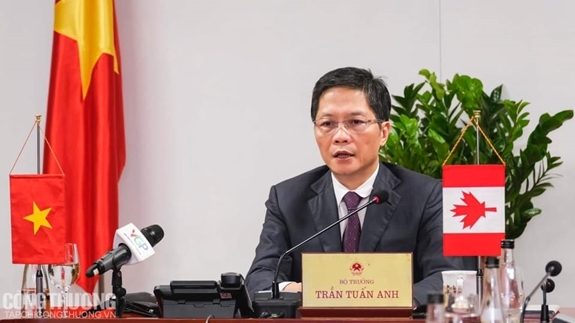 | Vietnam, Canada work to optimise benefits of CPTPP Minister of Industry and Trade Tran Tuan Anh has suggested agencies in Vietnam and Canada to devise a mechanism to exchange information and handle trade ... |
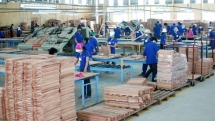 | Vietnam’s textile, wood sectors to gain most from CPTPP The Comprehensive and Progressive Agreement for Trans-Pacific Partnership (CPTPP) and related tariff commitments have opened up multiple opportunities for Vietnam's export industries, with a range ... |
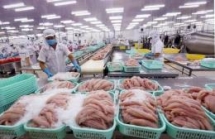 | Vietnam posts trade surplus with other CPTPP members The CPTPP, one of the largest trade pacts in the world, covers 13.5 percent of global GDP and a market of about 500 million people. ... |

